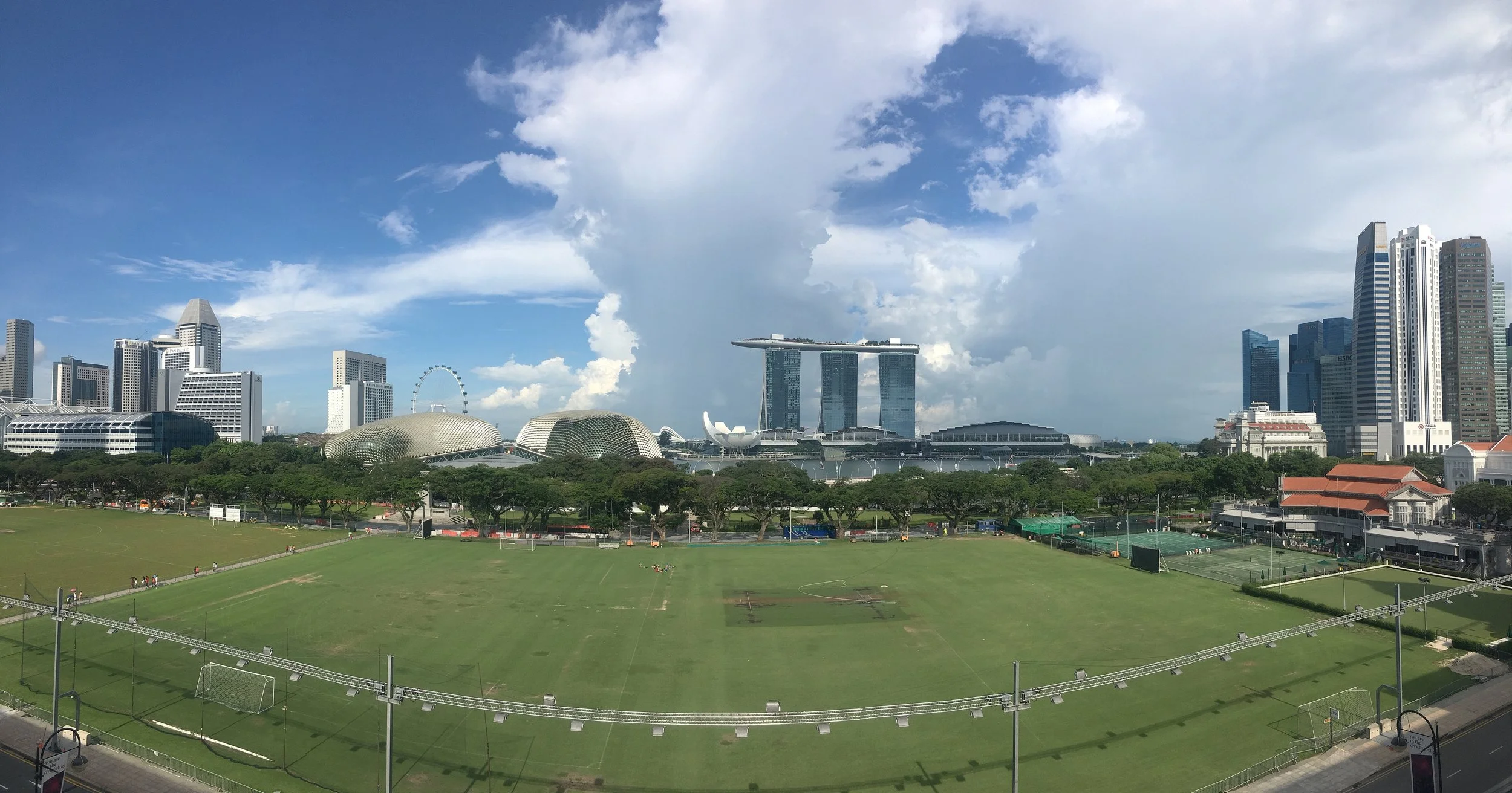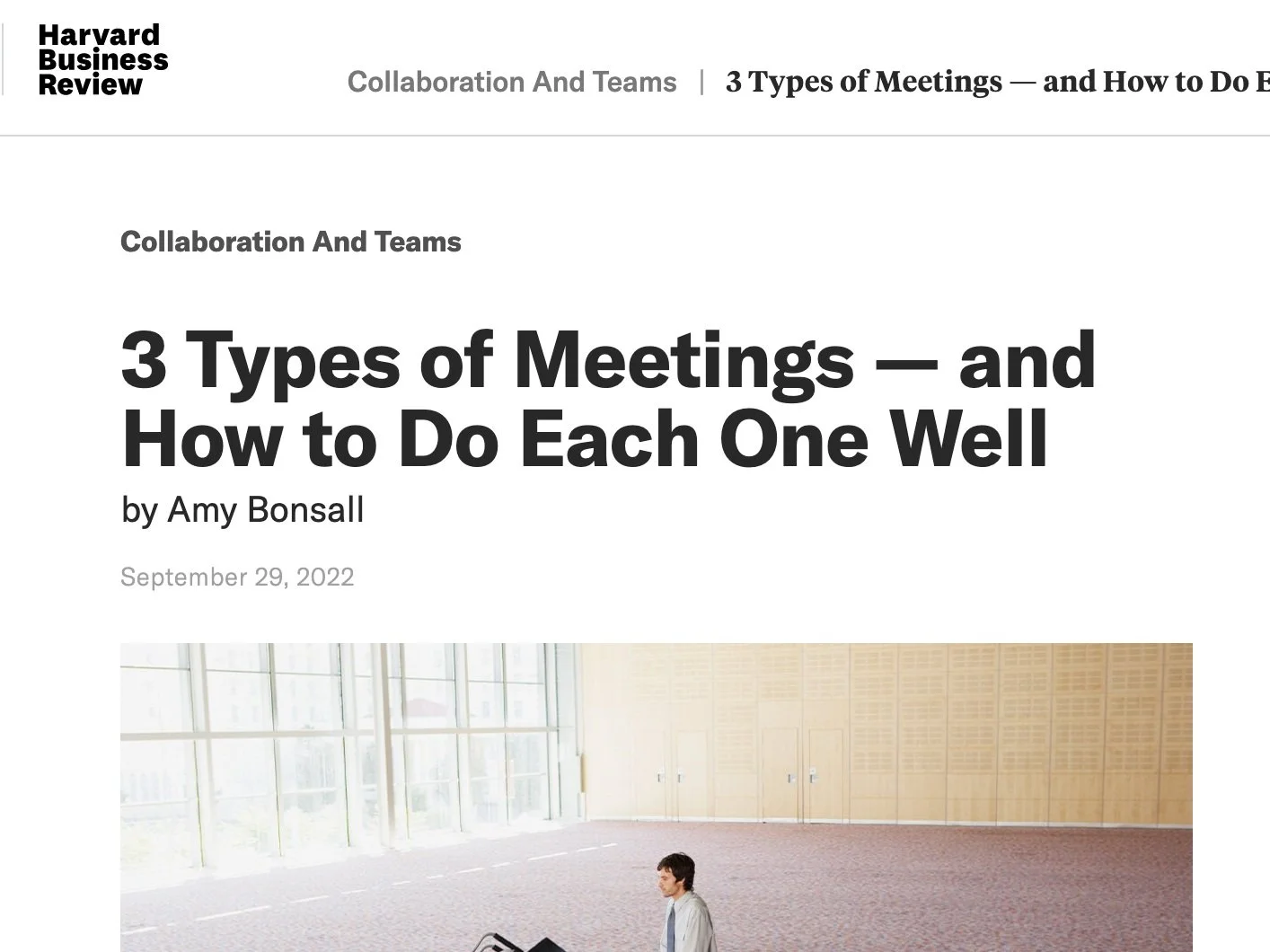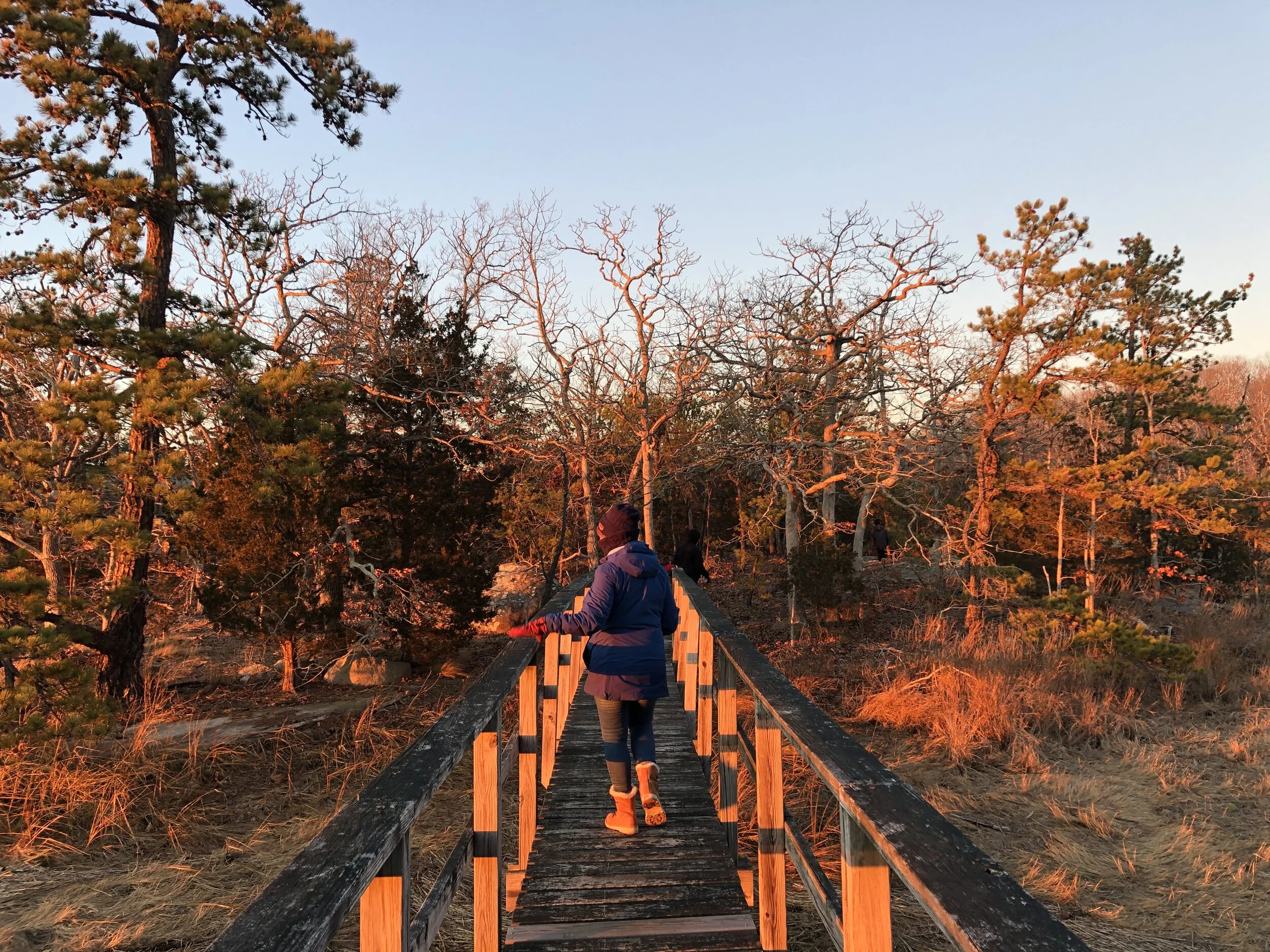Welcome to news from Collective (formerly nau). I’m Amy, founder and CEO, and my aim is to make these newsletters rich in food-for-thought. In fact, I have two meaty things to share today:
First is an article I wrote for Harvard Business Review about how to meet (or gather) better at work. It offers three fundamental kinds of workplace gatherings and how to create the right conditions for each, whether you’re in-person or distributed.
And the second thought-starter is a perspective on how to navigate uncertainty as a leader. You’ll find that below this note.
But first:
We rebranded (if you knew us as nau, read why we changed)
We’re launching two new programs this year, designed for leaders navigating change (one is closing soon - sign up now!)










